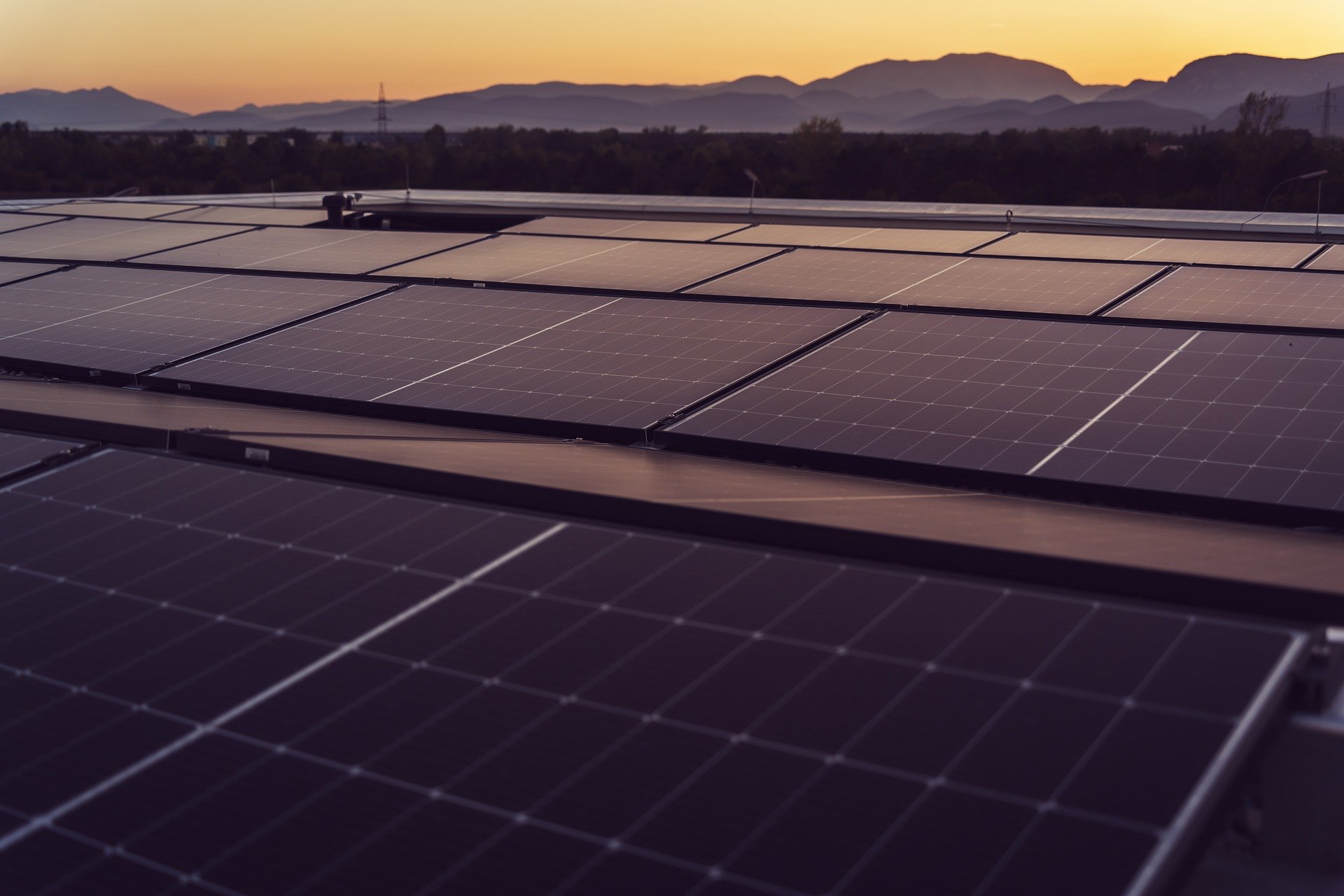Funding options for home photovoltaic installations worldwide
This article outlines common funding pathways for residential photovoltaic installations across different jurisdictions, explaining grants, incentives, financing, and practical cost expectations. It highlights how local policy, community programs, and storage choices shape affordability and payback.

Residential solar adoption is shaped by a complex mix of public policy, private finance, and local market conditions. Homeowners exploring photovoltaic installations should consider not only technical factors—panel efficiency, roof suitability, and storage options—but also the funding landscape: grants, rebates, tax incentives, and financing solutions can reduce upfront costs and change long-term economics. Understanding typical program types and cost benchmarks in your area helps set realistic expectations and compare offers from installers or community programs.
How do renewables programs support homes?
Renewables programs vary by country and region but commonly include direct grants, tax credits, rebates, and performance-based payments. National policies can be complemented by regional or municipal schemes that target low-income households, multi-family buildings, or community energy projects. Program eligibility, application procedures, and timing differ widely, so homeowners should check local services or government portals. Community-led initiatives can also pool buying power to lower installation costs and expand access to residents who cannot place panels on their own roofs.
What should homeowners know about photovoltaics?
Photovoltaic (PV) technology has matured: panel efficiency and inverter performance influence system size and energy yield. For home systems, installers size arrays to meet expected consumption and roof constraints, and pair them with appropriate inverters and monitoring. Installation quality affects long-term performance and warranties. When evaluating systems, compare estimated annual production, degradation rates, and equipment warranties rather than only headline wattage. Local policy—net metering rules, generation tariffs, and interconnection requirements—also shapes the financial case for PV.
Which incentives and rebates are commonly available?
Incentives take many forms: upfront rebates that reduce the installed price, tax credits that lower income tax liabilities, and feed-in or export tariffs that pay for surplus generation. Some programs offer point-of-sale discounts; others reimburse after installation. Subsidy programs may prioritize certain applicants (seniors, low-income households, or community projects). Eligibility and documentation requirements vary; keep records of invoices, equipment specs, and installer certifications. Combining multiple incentives can materially lower net costs, but stacking rules differ by jurisdiction.
What financing and subsidy options exist for homeowners?
Financing alternatives include green loans, home equity lines of credit, solar leases, power purchase agreements (PPAs), and on-bill financing in some regions. Lenders may consider projected energy savings when underwriting solar loans. Subsidies or low-interest programs from governments and utilities can further reduce financing costs. For households without sufficient capital, community solar subscriptions or third-party ownership models offer access to renewables without full upfront payment. Compare total cost of ownership for each option—monthly payments, interest, and the system’s expected production.
How does storage affect installations and incentives?
Adding battery storage increases upfront cost but can improve self-consumption and resilience, unlocking additional incentives in some areas. Storage can change the value proposition where export tariffs are low or time-of-use pricing is used—shifting self-generated energy to high-price periods can improve payback. Incentive programs for storage can be separate or bundled with PV incentives. Consider battery capacity, round-trip efficiency, warranty, and potential replacement costs when evaluating combined PV-plus-storage projects.
| Product/Service | Provider | Cost Estimation |
|---|---|---|
| Residential rooftop PV (approx. 4 kW) | SunPower | $8,000–$18,000 (before incentives) |
| Residential rooftop PV (approx. 6 kW) | Tesla Energy | $12,000–$25,000 (before incentives) |
| PV plus home battery (combined system) | Sunnova / installer partners | $15,000–$35,000 (before incentives) |
Prices, rates, or cost estimates mentioned in this article are based on the latest available information but may change over time. Independent research is advised before making financial decisions.
Real-world cost and pricing insights: installed prices vary significantly by country, local labor costs, permitting fees, component choice, and incentive availability. In markets with strong subsidies or tax credits, the net cost to a homeowner can fall dramatically. Conversely, in regions with limited support, payback periods will be longer. When evaluating quotes, request itemized proposals showing equipment, installation labor, permits, grid connection, and any expected incentive reductions. Ask installers to model system output and payback using local solar irradiance and tariff structures.
What are typical payback and efficiency considerations?
Payback depends on net installed cost, local electricity prices, system output, and available incentives. Higher efficiency panels and quality inverters raise initial cost but can shorten payback through greater energy production and longer useful life. Degradation rates, maintenance, and warranty coverage affect lifetime returns. For many homeowners, typical payback periods range from several years to over a decade, depending on the variables above. Evaluate scenarios with and without incentives and consider future changes to policy or electricity prices when estimating returns.
Residential photovoltaic funding is a mix of technical choices and finance. Assess local incentives, obtain multiple installer quotes, and compare financing options and system lifetimes. Well-documented estimates and realistic assumptions about production and policy changes will give homeowners a clearer picture of affordability and long-term value.






